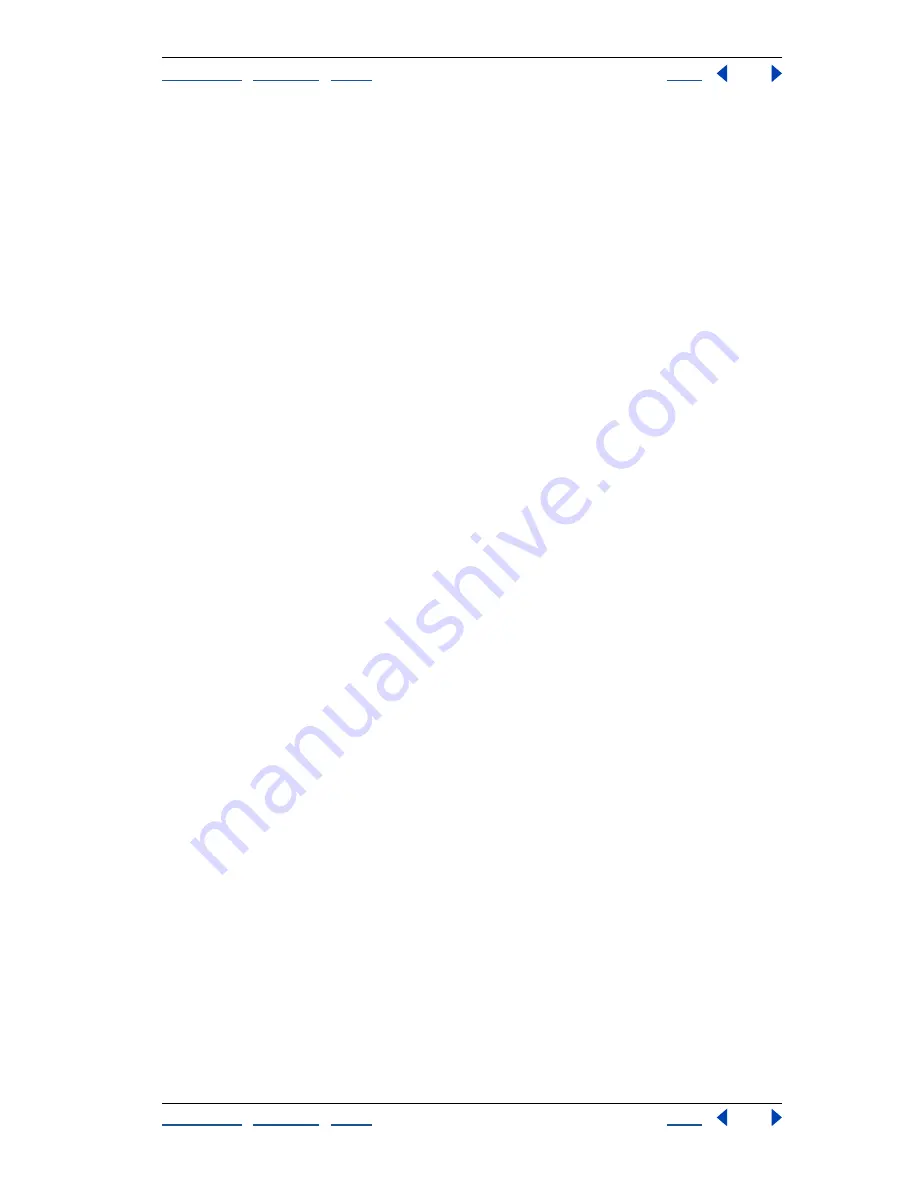
Using Help
|
Contents
|
Index
Back
138
Adobe Illustrator Help
Transforming and Distorting Shapes
Using Help
|
Contents
|
Index
Back
138
The Hatch Effects filter converts a selected object into a mask and then draws lines or
shapes behind it. The shapes created by the Hatch Effects filter are objects and can require
significant program memory. Thus, consider applying Pen & Ink effects as the last step in
creating your artwork: Make the entire drawing and paint it as desired. Then apply the
hatch effects.
The
hatch
(or
hatch style
) is the design element of the Hatch Effects filter. The particular
options associated with a hatch are called
hatch settings
. You can select from hatch
settings supplied with the Adobe Illustrator program by using the Hatch Effects dialog
box. You can also create your own hatched designs by drawing or selecting an object,
naming it as a hatch in the New Hatch dialog box, and then applying it to artwork by using
the Hatch Effects dialog box. Try experimenting with applying different hatches to your
artwork before creating your own.
Applying a hatch effect
To apply a hatch effect to a selected object, you choose a hatch setting and its associated
hatch style, modify the settings if desired, and apply them through the Hatch Effects
dialog box. The Hatch Effects dialog box lets you adjust the hatch.
To fill an object with an existing ink pen hatch:
1
Select the object you want to fill with a hatch.
2
Choose Filter > Pen & Ink > Hatch Effects.
3
Choose a hatch from the Hatch pop-up menu and an effect from the Hatch Effect
pop-up menu.
4
To improve the program’s performance by turning off the hatch preview, deselect the
Preview option at the lower right of the dialog box.
5
To adjust the number of hatch elements applied to the selection, drag the Density
slider or enter values in the text box. To intensify the effect, click a gradation within the
density adjustment bar.
6
To specify hatch uniformity or design characteristics, adjust sliders or enter values for
Dispersion, Thickness, Scale, or Rotation.
Enter an angle along which to apply the effect by typing a value from -360 to 360 in the
text boxes. Then drag the slider or enter values in the text boxes to specify a range,
as follows:
•
Dispersion, which controls the spacing of hatch elements, ranges from 0% to 300%.
•
Thickness, or stroke weight, of the hatch elements ranges from 10 pts to 1000 pts. (This
option is dimmed if the selection is unstroked.)
•
Scale, which sets the size of the hatch elements, ranges from 10% to 1000%.
•
Rotation, which sets the angle at which the hatch elements are applied, ranges from
–180 degrees to 180 degrees.
7
Use the dial or text boxes to enter a value between –360 and 360 for effect variables as
follows:
•
Linear increases the effect progressively.
•
Reflect varies the effect from the center of the object outward.
•
Constant creates the same effect evenly across the shape.






























